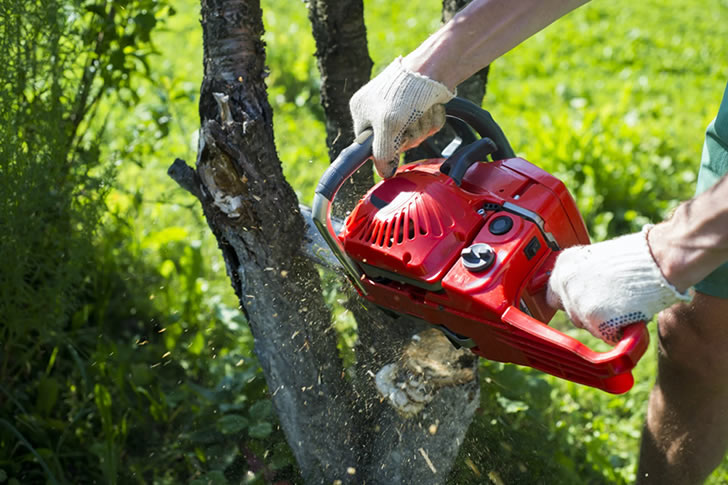Hiring a Service to Cut Down and Remove a Tree
Hiring a professional tree removal service to cut down and remove a tree from your property can be a significant decision. This task often involves careful consideration of safety, local regulations, costs, and environmental impact. In this article, we will discuss various aspects of engaging a service for tree removal, backed by relevant facts and practical advice.

Understanding the Need for Professional Tree Removal
Before deciding to remove a tree, it’s crucial to understand why professional assistance is necessary. Tree removal can be hazardous, particularly if the tree is large, near buildings, or entangled with power lines. According to the U.S. Bureau of Labor Statistics, there were over 100 fatalities in the tree trimming and removal industry in a recent year. Professional tree removal services have the expertise, equipment, and insurance to handle these risks, minimizing the danger to homeowners and property.
Assessing When a Tree Needs to Be Removed
Trees might need to be removed for various reasons including disease, storm damage, or potential hazards to buildings or people. Sometimes, a tree’s roots can threaten foundations, underground utilities, or driveways. Arborists—trained tree specialists—can evaluate whether a tree should be removed or if it can be saved through other management methods. They assess the health of the tree, the safety risks it poses, and provide recommendations based on industry standards set by organizations like the International Society of Arboriculture (ISA).
Choosing the Right Tree Removal Service
Choosing a reputable tree removal service is crucial. Look for companies with certified arborists on staff, proper insurance, and good reviews. Certification by the ISA or similar bodies ensures the arborists have been trained in the best practices of arboriculture. Insurance is vital because it covers damages that might occur to your property or injuries to workers during the tree removal process. Homeowners should ask for proof of insurance and check local business reviews and ratings before hiring a service.
Understanding the Costs Involved
The cost of tree removal varies depending on the size of the tree, its location, and the complexity of the job. On average, homeowners can expect to pay between $200 and $2,000, with most costs averaging around $750 per tree. Additional services like stump grinding, wood chipping, and log splitting can add to the total cost. These prices can escalate if the tree is large, in a difficult-to-reach area, or requires special equipment to remove safely. Obtaining detailed quotes from several companies can help ensure you get the best price for the service.
Permit Requirements and Local Regulations
In many areas, a permit may be required to remove a tree. Local regulations can vary significantly, with some cities or counties enacting strict rules on tree removal to preserve the environment and prevent deforestation. For instance, certain mature trees or species might be protected, and removing them without a permit could result in hefty fines. It’s essential for homeowners to check with their local municipal planning department to understand the specific requirements and obtain the necessary permits before proceeding with tree removal.
The Environmental Impact and Mitigating Measures
Tree removal can have significant environmental impacts, including loss of habitat for wildlife and reduction in urban canopy cover, which helps moderate temperature and clean the air. Homeowners should consider planting a new tree elsewhere on their property as a compensatory action. Additionally, professional services often offer options for recycling the removed tree through wood chipping or creating mulch, which can be used in landscaping, thereby minimizing the waste that goes to landfills.
Post-Removal Cleanup and Site Restoration
Post-removal cleanup is another important aspect of tree removal services. A professional service will not only remove the tree but also handle the cleanup of debris, leaving your property tidy. Some services may provide stump grinding to remove the leftover stump, creating a level surface ready for other uses such as gardening or construction. Clarifying what cleanup and restoration work is included in the service is essential to avoid unexpected tasks or costs.
Conclusion
Removing a tree, particularly a large or strategically located one, can be a complex and risky operation that generally justifies hiring professional help. By choosing a qualified and insured service, understanding the costs involved, complying with local regulations, and considering the environmental impacts, homeowners can manage this process effectively and safely. While the immediate benefit is the removal of a potential hazard, this work also contributes to the long-term management and aesthetic of your property.







Recent Comments